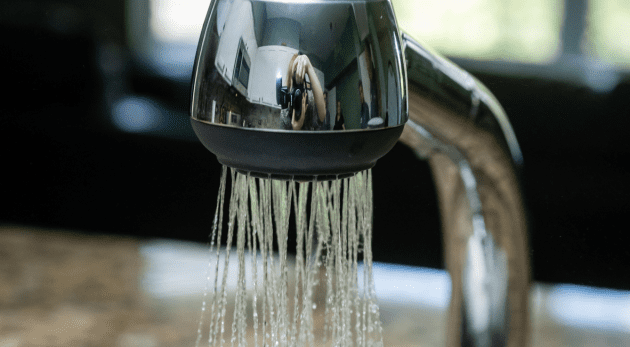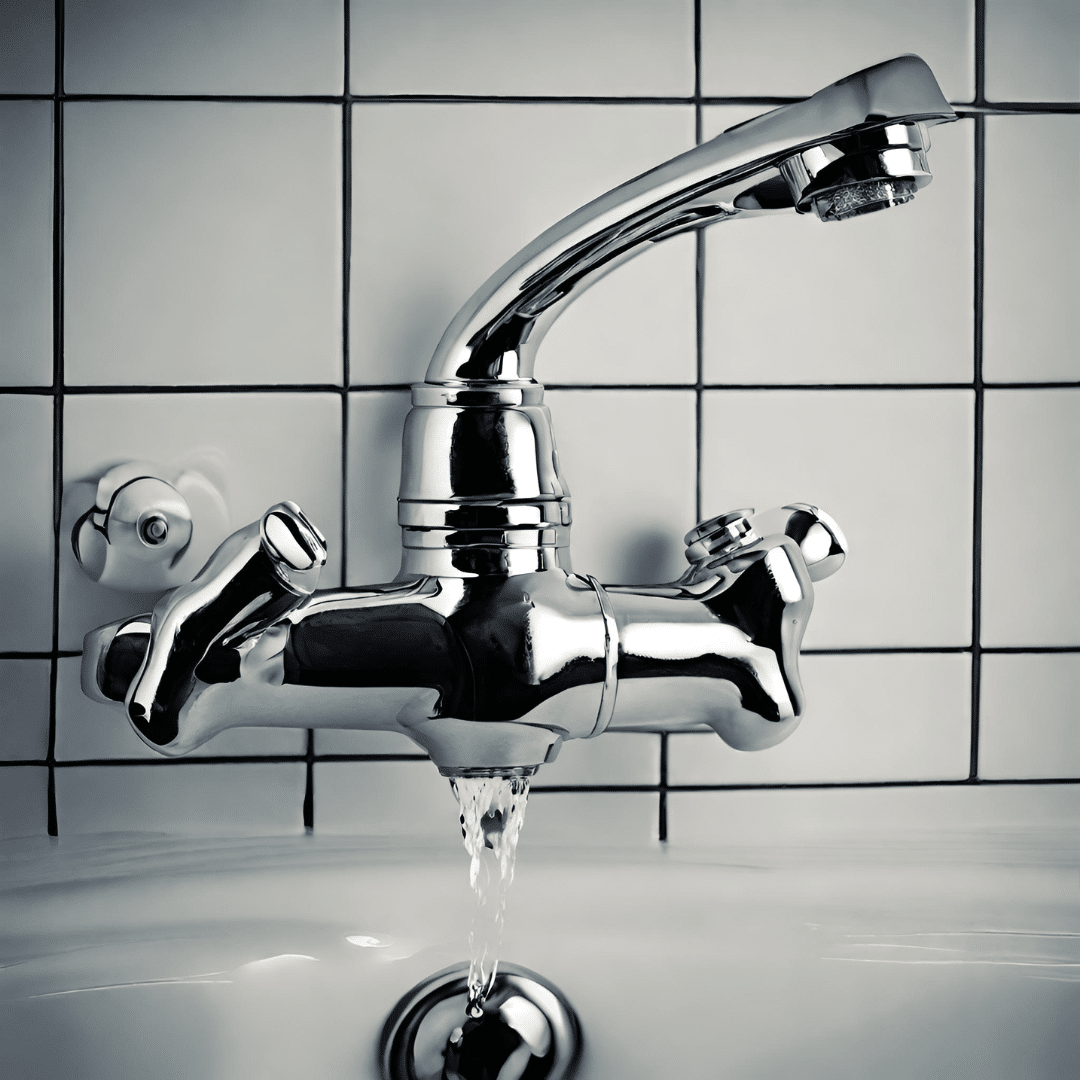Detailed Guide to Fixing a Leaky Tap: Specialist Advice
Detailed Guide to Fixing a Leaky Tap: Specialist Advice
Blog Article
The article author is making a few great annotation regarding How-To Guide On Fixing A Leaking Tap Or Faucet Step in general in this post in the next paragraphs.

Introduction
A dripping tap is not just irritating but can additionally waste a substantial amount of water and cause increased energy costs. In this step-by-step guide, we'll stroll you with the procedure of repairing a dripping tap, enabling you to conserve water and money while preserving your plumbing system.
Collecting Tools and Materials
Prior to you begin, gather the essential tools and materials for the repair service. You'll typically need a flexible wrench, screwdrivers, substitute washers or seals, plumber's tape, and a dustcloth or towel to tidy up any spills.
Turning Off Water
Locate the shut-off valve for the affected faucet and transform it clockwise to shut down the water system. If you're unable to situate the shut-off valve, you may need to turn off the primary water to your home.
Dismantling the Faucet
Use a screwdriver to eliminate the deal with of the faucet, revealing the inner parts. Depending on the type of tap, you might require to unscrew a cap or collar to access the valve assembly.
Examining for Damage
When you've subjected the valve assembly, inspect it for any signs of damage or wear. Common offenders of a leaky tap include worn-out washers, O-rings, or seals.
Changing Faulty Parts
If you determine any type of damaged or worn-out components, thoroughly remove them using a wrench or pliers and replace them with brand-new ones. Make certain to utilize the appropriate size and type of replacement components for your faucet.
Reconstructing the Tap
After replacing the faulty components, very carefully reconstruct the tap in the reverse order of disassembly. Ensure that all components are effectively straightened and tightened up to avoid future leaks.
Testing for Leakages
Once the faucet is rebuilded, turn the supply of water back on and evaluate the faucet for leakages. If you discover any leakages, verify the connections and tighten them as required.
Making Certain Appropriate Functionality
After confirming that the faucet is leak-free, test its functionality by transforming it on and off a number of times. Ensure that the tap runs efficiently and without any uncommon noises or resistance.
Cleaning Up
Lastly, clean up any kind of debris or spills from the repair process and deal with any old or broken components correctly. Leaving the work area spick-and-span makes sure a professional coating to your repair work.
Conclusion
Taking care of a leaky faucet is a relatively straightforward DIY job that can save you cash on water bills and prevent more damage to your plumbing system. By following this detailed guide, you can deal with the repair with confidence and appreciate the benefits of a leak-free faucet.
Fixing a Leaking Tap: Causes, Solutions, and Water Conservation
Causes and Signs
Worn-Out Washers: The tap washer, rubber or metal, creates a seal within the tap assembly. Over time, the old washer can deteriorate, leading to water seepage and a dripping tap. High Water Pressure: Excessive water pressure can strain tap components, causing leaks. The forceful water flow exerts pressure on the washers and other sealing mechanisms, resulting in a dripping tap. Faulty O-Rings: O-rings, usually made of rubber, provide a watertight seal between moving parts of the tap. If the O-rings become worn or loose, they can cause water to leak, resulting in a dripping tap and potential water damage to your property. Signs of a Dripping Tap
Audible Dripping Sounds: If you hear the sound of water droplets hitting the sink or basin, it’s a clear indication of a dripping tap. Puddles or Stains: Notice any puddles of water or stains around the tap area or on the sink surface. These signs suggest a dripping tap that requires attention. Reduced Water Flow: A dripping tap can affect the overall water flow, resulting in reduced pressure when using the tap. Gather the Necessary Tools
Adjustable spanner Screwdriver – flathead or Philips’s head New washers Towels or rags Turn Off the Water Supply
Find the isolation valve beneath the sink or by the tap and turn it clockwise to shut off the water supply.
Disassemble the Tap
Use a screwdriver to carefully remove the tap handle, exposing the internal components. Take note of the order and arrangement of the parts as you disassemble the tap. This will aid in reassembling it correctly later on. (We recommend taking photos on your phone for a no-fuss solution).
Inspect and Replace the Washer
Inspect the washer located at the bottom of the tap assembly. If it appears worn out or damaged, replace it with a new washer of the correct size and type. This simple replacement can often resolve the dripping tap issue.
Tips for Responsible Water Usage
Regular Inspection and Maintenance: Conduct periodic inspections of all taps in your home to identify potential leaks or drips. Timely repairs prevent water wastage and maintain the efficiency of your plumbing system. Install Water-Efficient Taps: Consider replacing old taps with water-efficient models that are designed to minimise water consumption. Look for taps equipped with aerators and flow restrictors to regulate water flow without compromising functionality. Conscious Water Usage: Develop mindful habits such as turning off the tap while brushing your teeth or soaping your hands. Additionally, use full loads when running dishwashers and washing machines to maximise water efficiency. Monitor Your Water Bill: Keep track of your water consumption by regularly monitoring your water bill. Any sudden increases may indicate a leaking tap or other issues that require attention. When to Seek Professional Help
Persistent Leaks: If your attempts to fix the dripping tap are unsuccessful or the problem keeps recurring, it may indicate an underlying issue that requires professional attention. Complex Repairs: In cases where the tap assembly is intricate, or the repair involves specialised knowledge, it’s advisable to seek professional help to ensure the problem is resolved effectively. https://proudplumbingandgas.com.au/blog/a-complete-guide-to-fixing-a-leaking-tap/

I was shown that report on How-To Guide On Fixing A Leaking Tap Or Faucet Step from a pal on another domain. So long as you enjoyed reading our article if you please don't forget to share it. We thank you for your readership.
Call Report this page